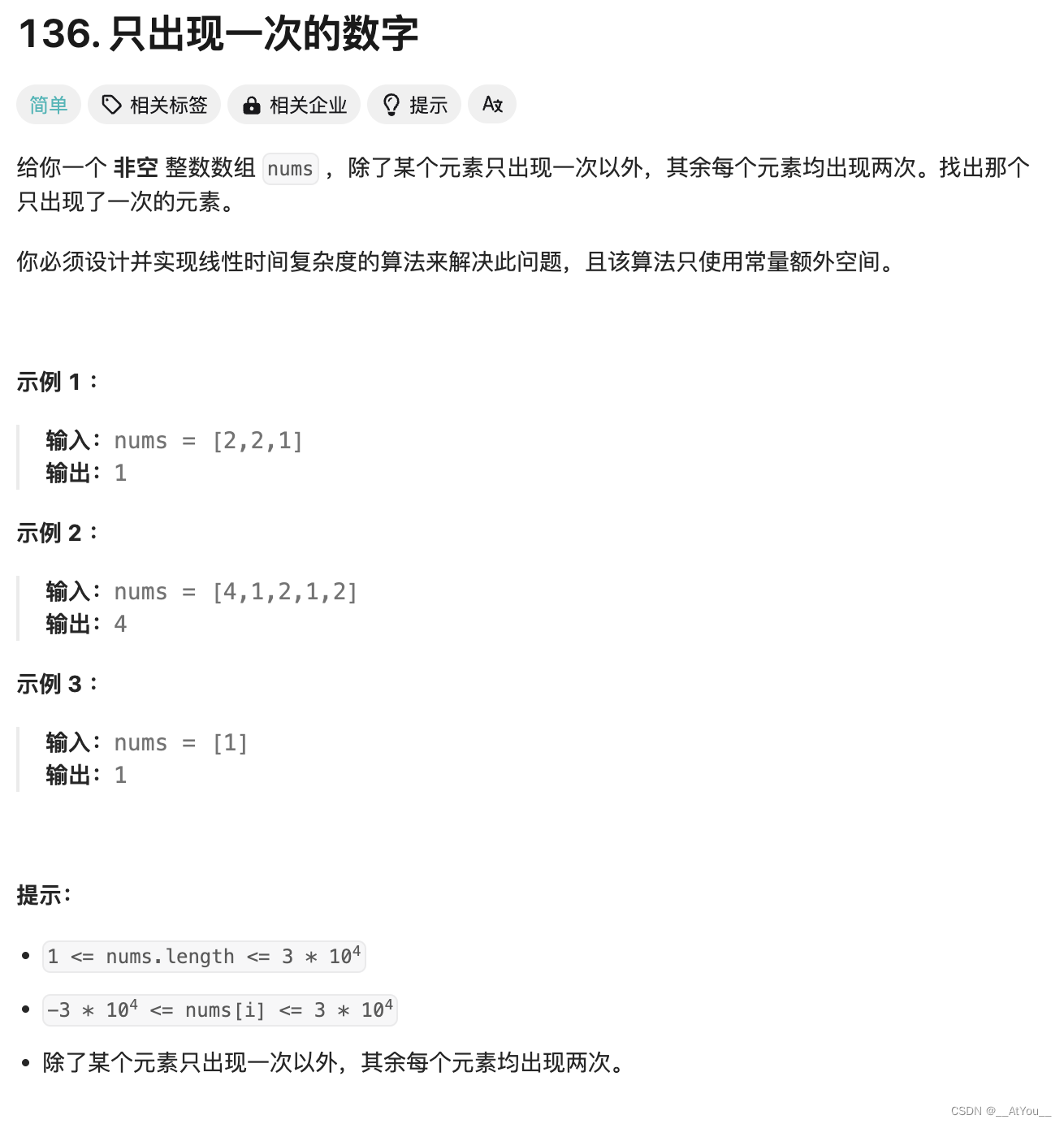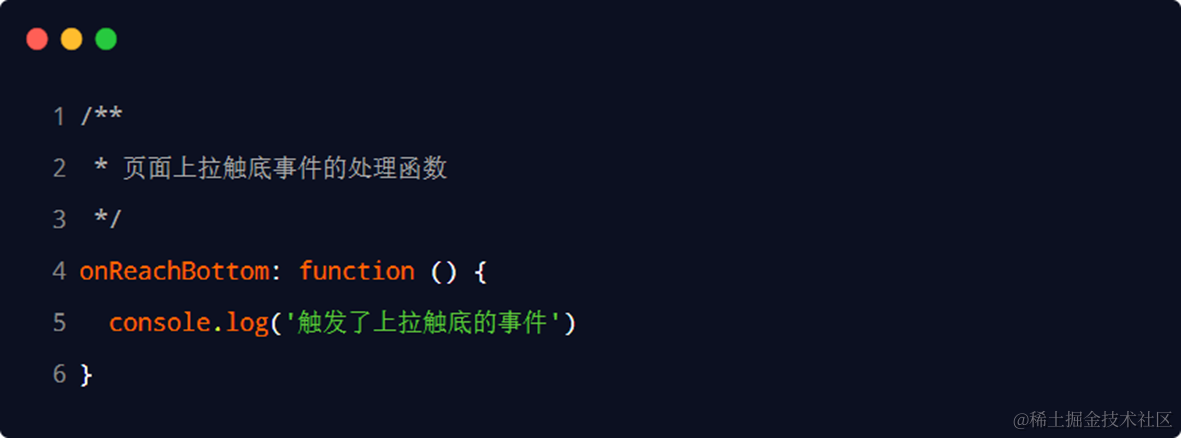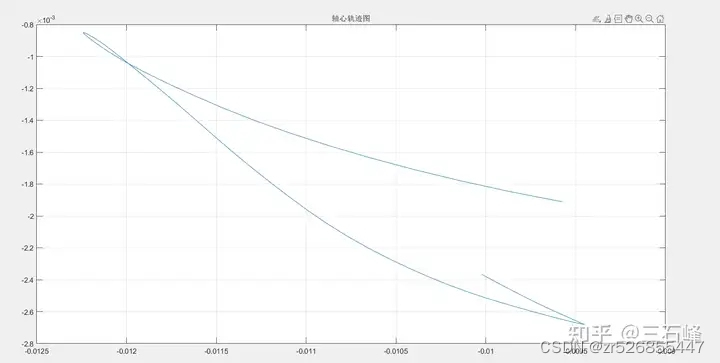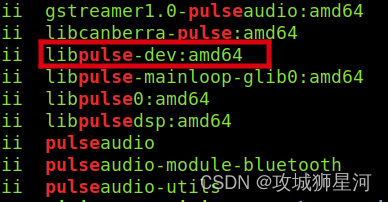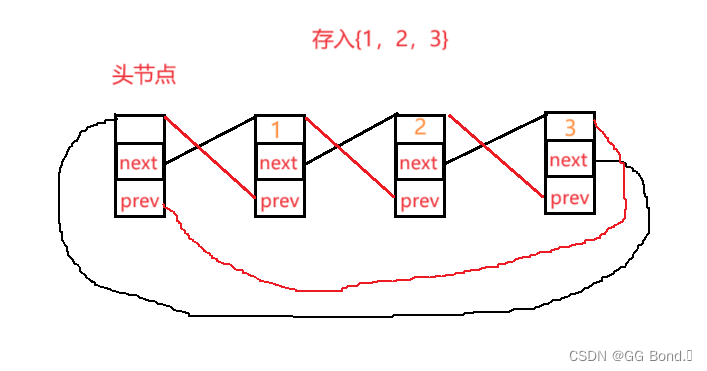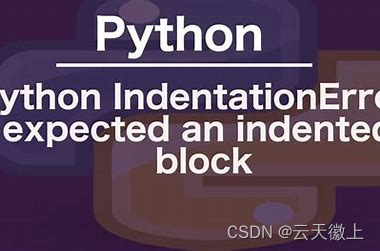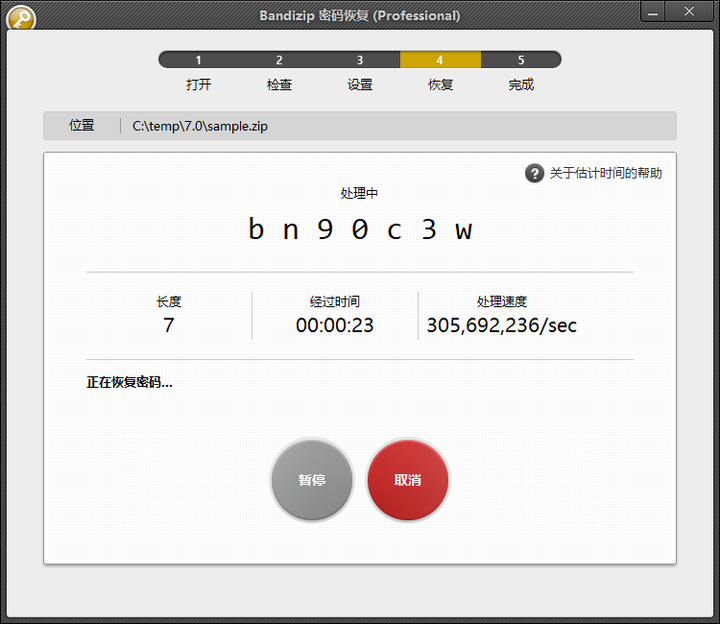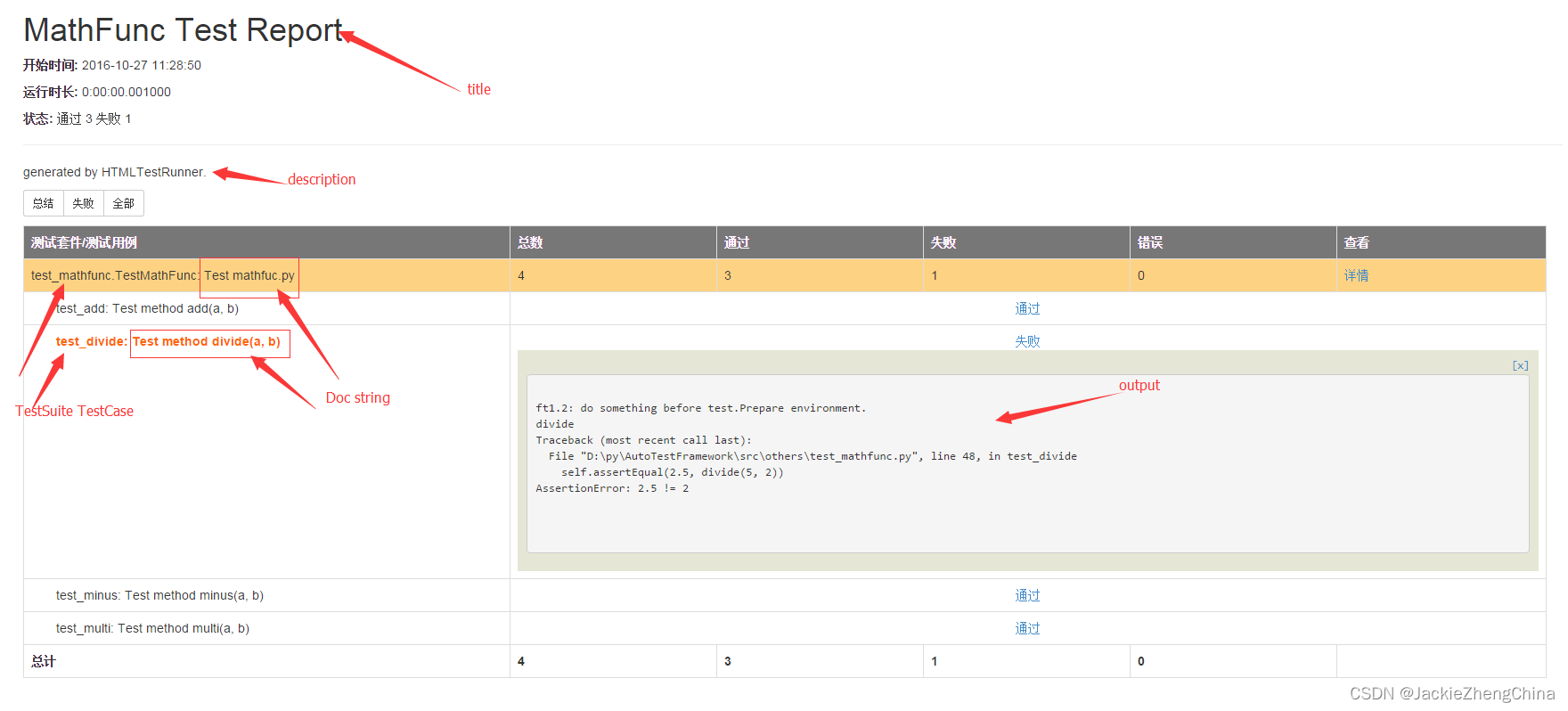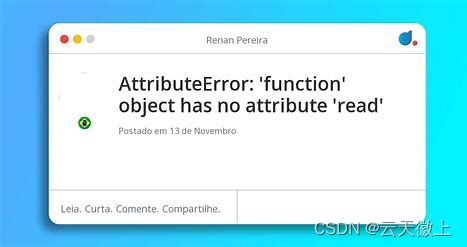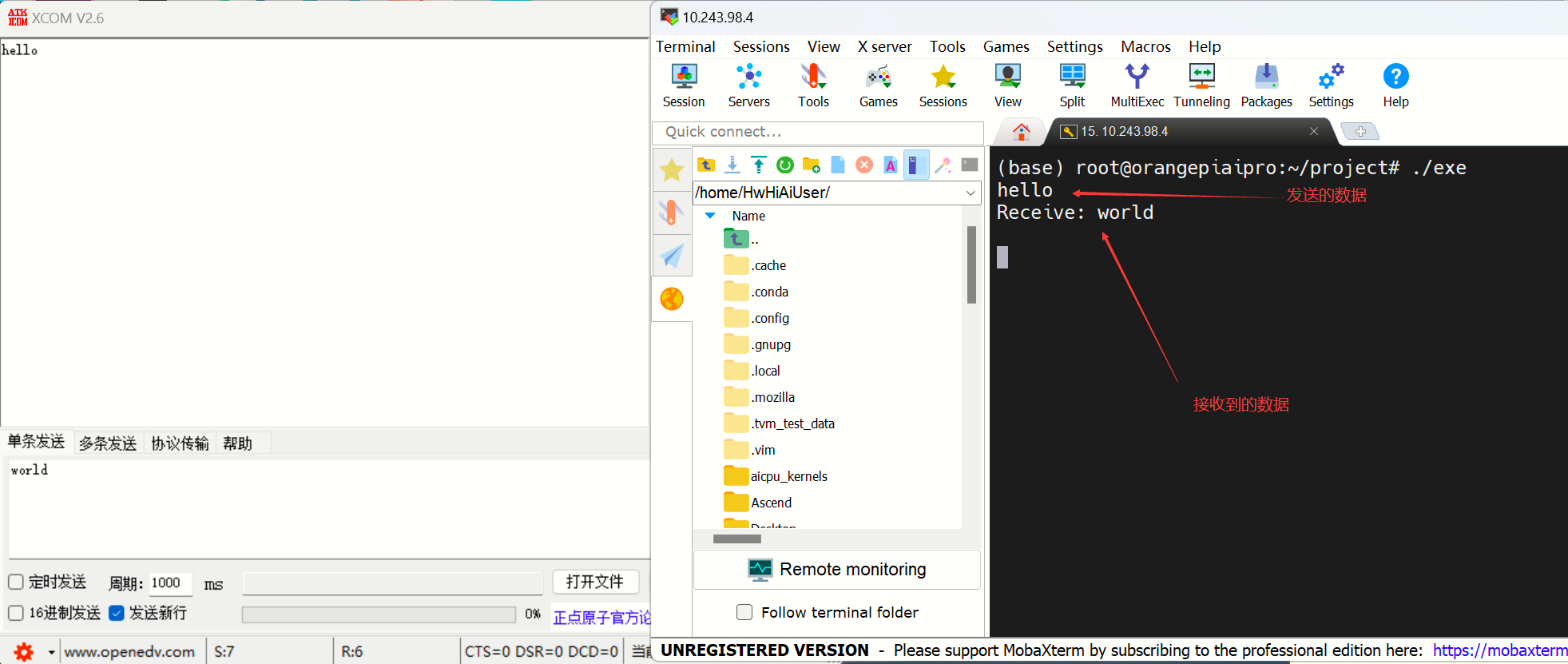
嗨喽大家好,时隔许久阿鑫又给大家带来了新的博客,list的模拟实现(二)以及_stack_queue,下面让我们开始今天的学习吧!
list(二)和_stack_queue
1.list的构造函数
2.设计模式之适配器和迭代器
3.新容器deque
4.优先级队列
5.仿函数
1.list的构造函数
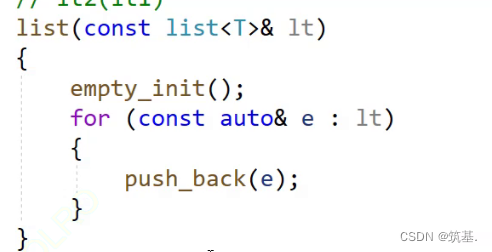
最好加上引用,如果不加引用,T为list时,将it解引用赋值给e时,list为自定义类型要耗费大量空间进行拷贝操作,所以在利用for语句时,我们最好加上引用
//list的默认构造,构造出一个头节点
void empty_init()
{
//利用节点的默认构造,生成一个节点
//定义该节点为头节点,节点对象拥有两个成员变量
_head = new Node();
_head->_next = _head;
_head->_prev = _head;
}
list(initializer_list <T> il)
{
//initializer_list常量数组中有两个指针,分别指向数组的开头和结尾
empty_init();
for (const auto& e : il)
{
push_back(e);
}
}
list()
{
//看一下交换的时候,是不是新创建的对象是调用默认构造进行初始化
empty_init();
}
list(const list<T>& it)
{
empty_init();
for (const auto& e :it)
{
push_back(e);
}
}
~list()
{
clear();
delete _head;
_head = nullptr;
}
void clear()
{
auto it = begin();
while (it != end())
{
it = erase(it);
}
}
//it1(it3)
list<T>& operator=(list<T> it)
{
std::swap(_head, it._head);
return *this;
}
2.设计模式之适配器和迭代器
using namespace std;
namespace ZJ
{
template<class T, class Container = vector<T>>
class Stack
{
public:
void push(const T& x)
{
_con.push_back(x);
}
void pop()
{//后进先出
_con.pop_back();
}
const T& top()
{
return _con.back();
}
bool empty()
{
return _con.empty();
}
size_t size()
{
return _con.size();
}
private :
Container _con;
};
void Test_stack1()
{
ZJ::Stack<int> st1;
st1.push(1);
st1.push(2);
st1.push(3);
st1.push(4);
st1.push(5);
int n = st1.size();
for (int i = 0; i < n; i++)
{
cout << st1.top() << " ";
st1.pop();
}
cout << endl;
}
}
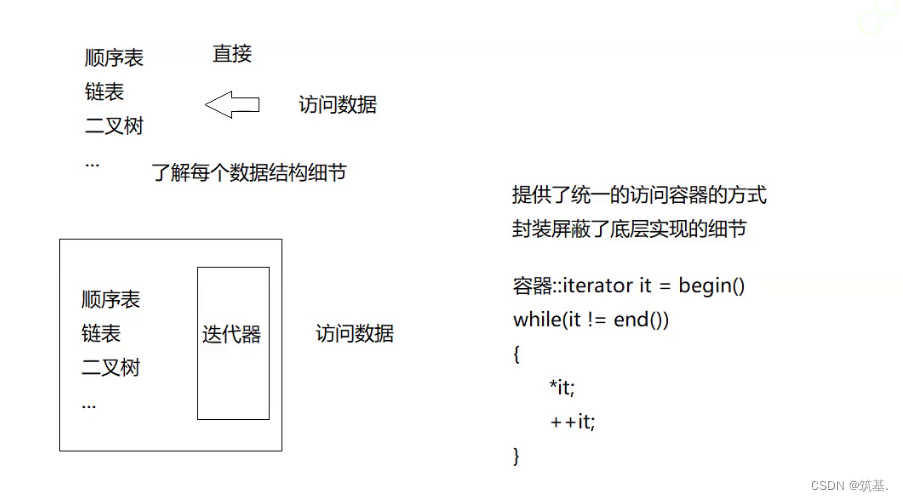
3.新容器deque
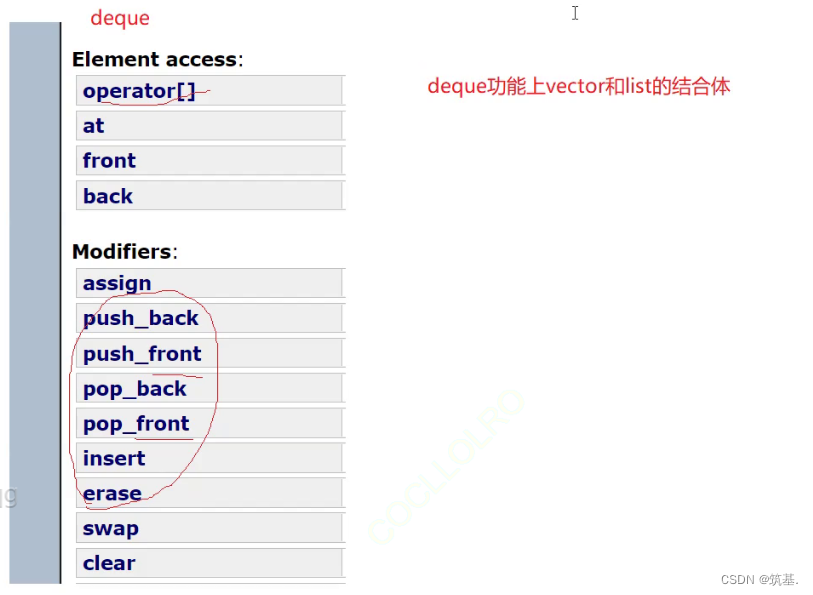

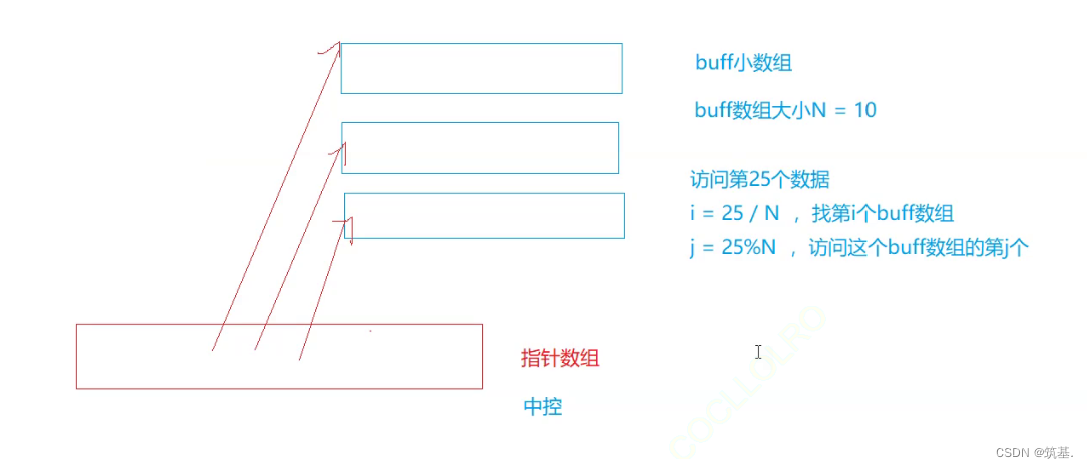

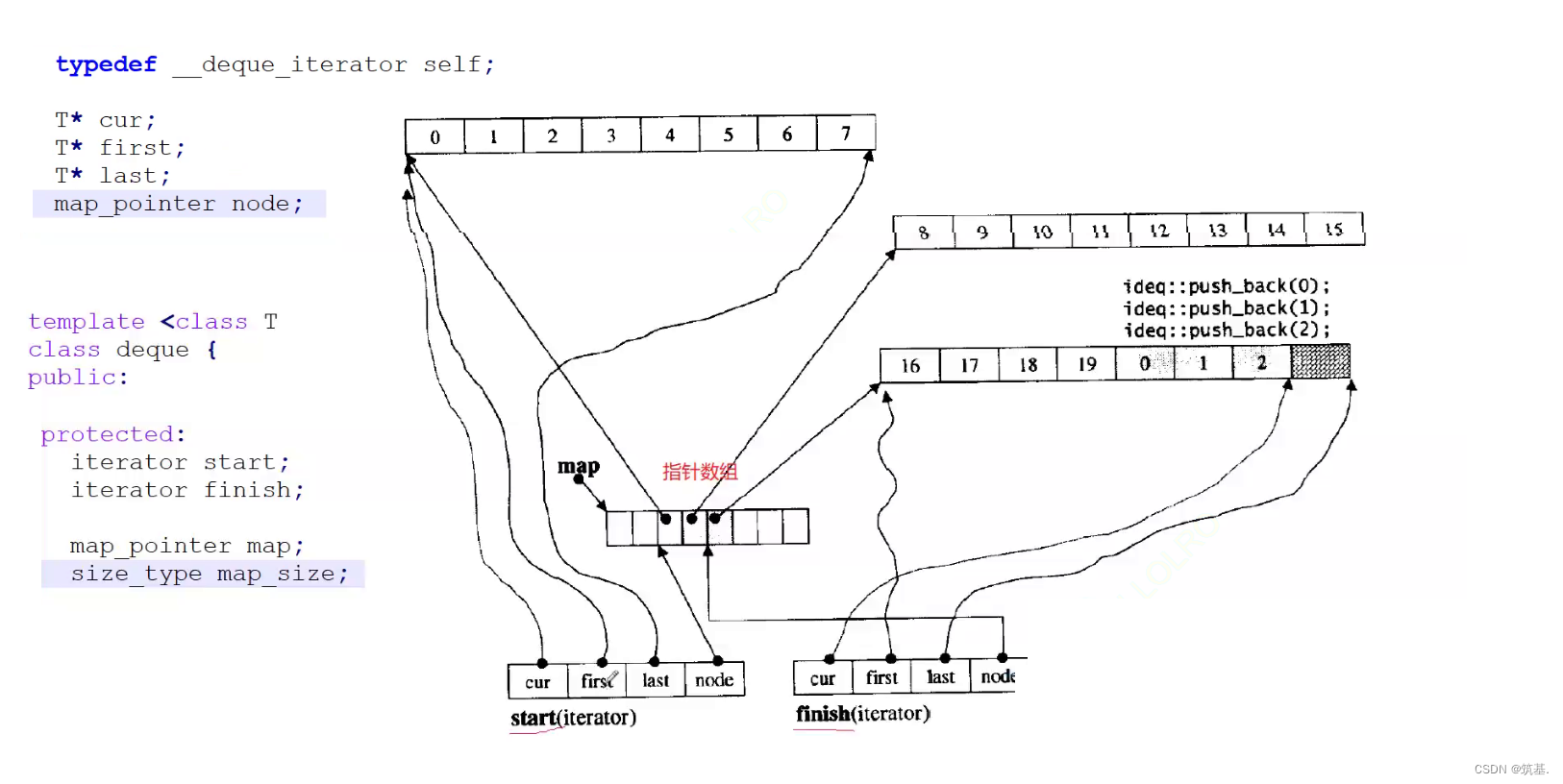
deque的每个对象有四个成员变量,每个迭代器中又有四个指针
cur指向当前数据,node(是一个二级指针)指向当前数据在中控数组中的位置,first和last分别指向buff数组中第一个和最后一个数据,而finish中的node指针指向最后一个buff的最后一个数据的下一个位置
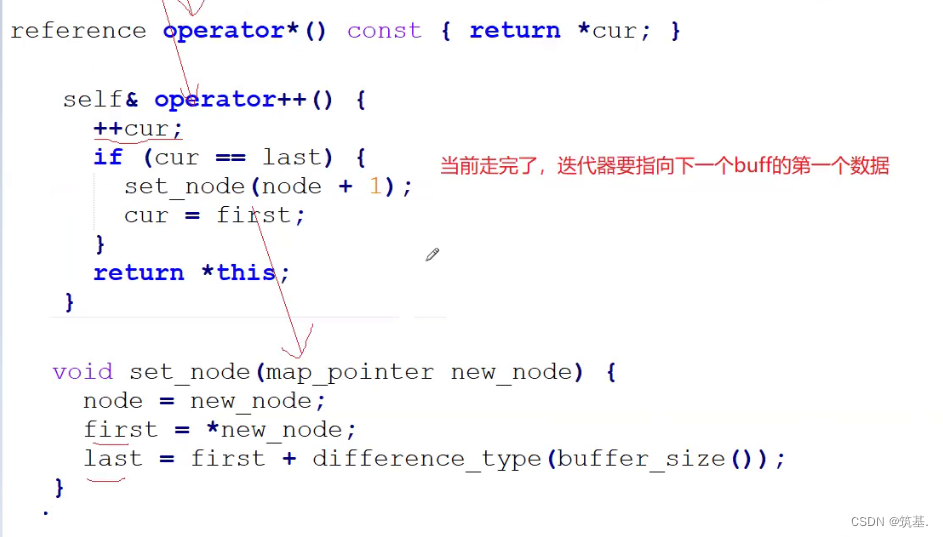

4.优先级队列
底层是一个堆

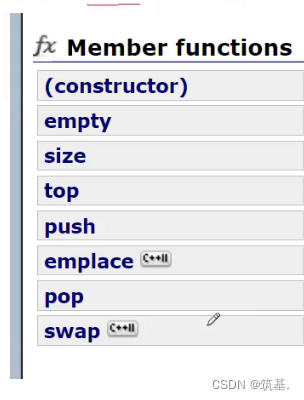
void Test_priority_queue1()
{
vector<int> v1 = { 1,2,3,8,9,7,5,6,4 };
priority_queue<int> q1(v1.begin(), v1.end());
//for (const auto& e : v1)
//{
// q1.push(e);
//
//}
while (!q1.empty())
{
cout << q1.top() << " ";
q1.pop();
}
}
堆逻辑上是一个二叉树,物理结构上是一个数组
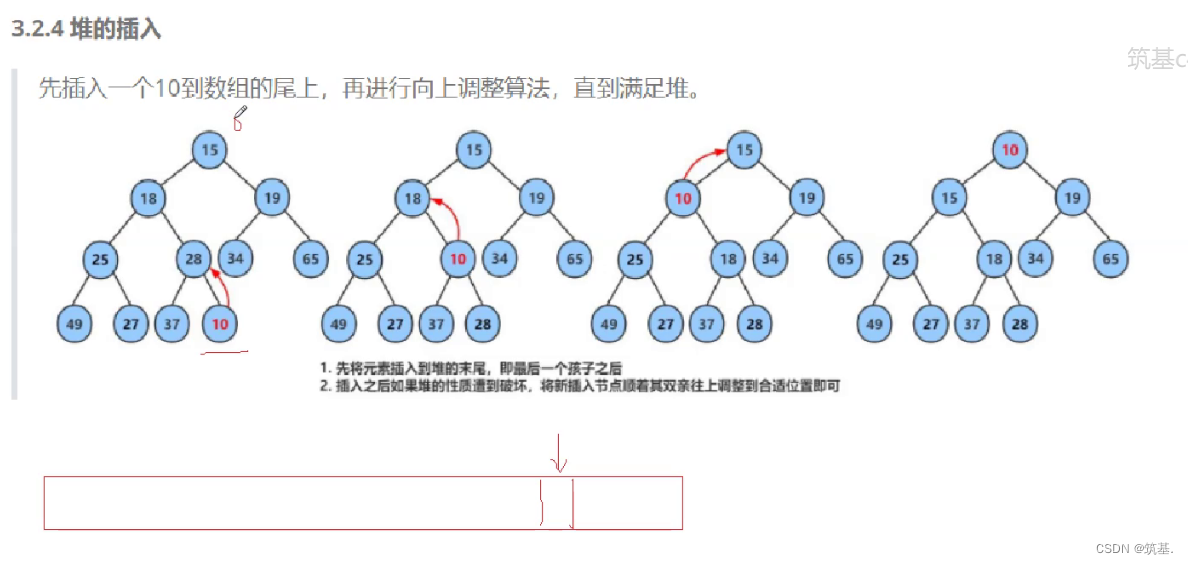
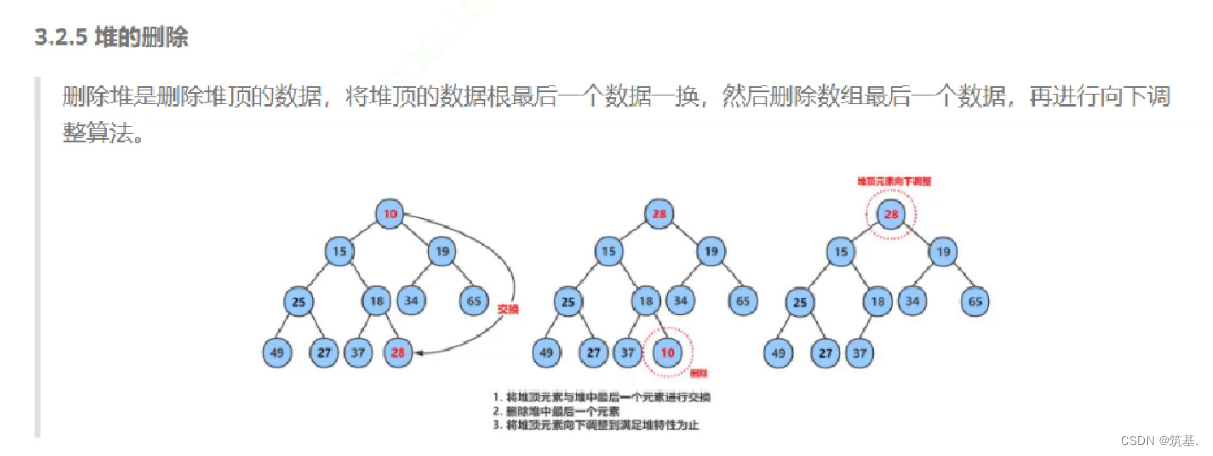
没有引入仿函数时。
namespace ZJ
{
template<class T, class Container = vector<T>>
class priority_queue
{
public:
template <class InputIterator>
priority_queue(InputIterator first, InputIterator last)
{
while (first != last)
{
_con.push_back(*first);
++first;
}
// 从最后一个非叶子节点开始向下建堆
for (int i = (_con.size() - 1 - 1) / 2; i >= 0; i--)
{
adjust_down(i);
}
}
void adjust_up(int child)
{
size_t parent = (child - 1) / 2;
while (child > 0)
{
if (_con[parent] < _con[child])
{
swap(_con[parent], _con[child]);
child = parent;
parent = (child - 1) / 2;
}
else
{
break;
}
}
}
void push(const T& x)
{
_con.push_back(x);
adjust_up(_con.size() - 1);
}
void adjust_down(int parent)
{
size_t child = parent * 2 + 1;
while (child<_con.size())
{
if (child + 1 < _con.size() && _con[child] < _con[child + 1])
{
child = child + 1;
}
if (_con[child] > _con[parent])
{
swap(_con[parent], _con[child]);
parent = child;
child = parent * 2 + 1;
}
else
{
break;
}
}
}
void pop()
{
swap(_con[0], _con[_con.size() - 1]);
_con.pop_back();
adjust_down(0);
}
const T& top()
{
return _con[0];
}
size_t size()
{
return _con.size();
}
bool empty()
{
return _con.empty();
}
private:
Container _con;
};
}
5.1仿函数初识

class Func
{
public:
void operator()(int a = 10)
{
while (a--)
{
cout << "Func调用" << endl;
}
}
};
有了仿函数之后的优先级队列
namespace ZJ
{
template<class T>
class myless
{
public:
bool operator() (const T& x, const T& y)
{
return x < y;
}
};
template<class T>
class mygreater
{
public:
bool operator() (const T& x, const T& y)
{
return x > y;
}
};
template<class T, class Container = vector<T>,class compare = myless<T>>
class priority_queue
{
public:
template <class InputIterator>
priority_queue(InputIterator first, InputIterator last)
{
while (first != last)
{
_con.push_back(*first);
++first;
}
// 从最后一个非叶子节点开始向下建堆
for (int i = (_con.size() - 1 - 1) / 2; i >= 0; i--)
{
adjust_down(i);
}
}
void adjust_up(int child)
{
compare comfunc;
size_t parent = (child - 1) / 2;
while (child > 0)
{
if (comfunc(_con[parent],_con[child]))
{
swap(_con[parent], _con[child]);
child = parent;
parent = (child - 1) / 2;
}
else
{
break;
}
}
}
void push(const T& x)
{
_con.push_back(x);
adjust_up(_con.size() - 1);
}
void adjust_down(int parent)
{
compare comfunc;
size_t child = parent * 2 + 1;
while (child<_con.size())
{
if (child + 1 < _con.size() && comfunc(_con[child] , _con[child + 1]))
{
child = child + 1;
}
if (comfunc(_con[parent],_con[child]))
{
swap(_con[parent], _con[child]);
parent = child;
child = parent * 2 + 1;
}
else
{
break;
}
}
}
void pop()
{
swap(_con[0], _con[_con.size() - 1]);
_con.pop_back();
adjust_down(0);
}
const T& top()
{
return _con[0];
}
size_t size()
{
return _con.size();
}
bool empty()
{
return _con.empty();
}
private:
Container _con;
};
}
给出的对创建存储自定义类型的vector和存储自定义类型指针的vector的解释

编译器通过类型信息来确保您不会将非 Date* 类型的指针错误地插入到 a 中。如果您尝试将一个不是 Date* 类型的指针插入到a 中,编译器会发出一个错误,告诉您类型不匹配。所以当我们创建存储Date*类型的vector时,不需要调用Date的构造函数,只有在创建Date对象的时候,我们才需要调用Date的构造函数。
并且上述程序我们需要注意:程序结束时,只有局部对象(如a数组本身和任何在栈上分配的局部变量)的生命周期会结束,但由new在堆上分配的对象不会自动被销毁。你需要手动管理这些对象的生命周期。

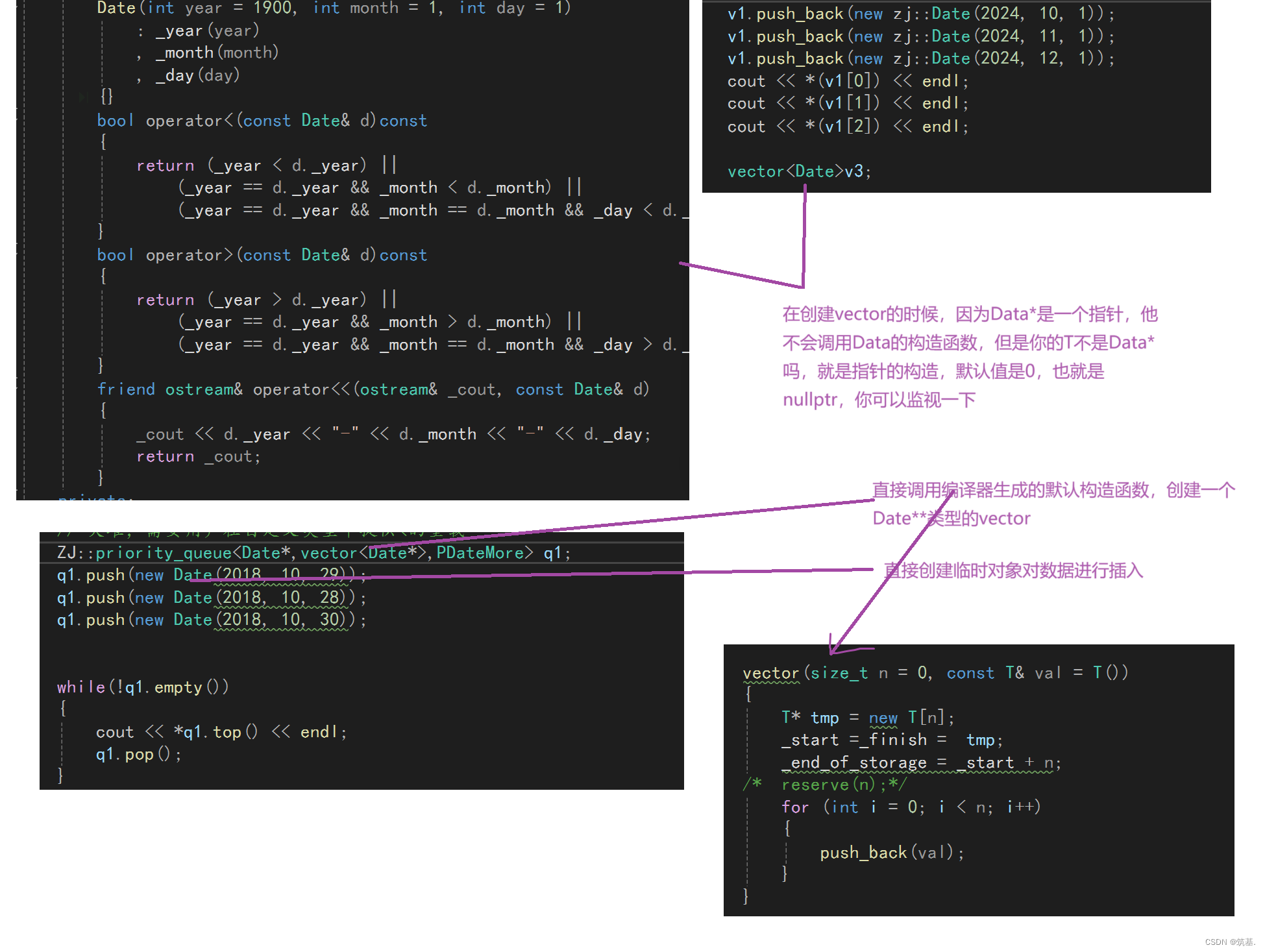
5.2仿函数用法之自定义类型比较大小
priority_queue() = default;//生成默认的构造函数
class Date
{
public:
Date(int year = 1900, int month = 1, int day = 1)
: _year(year)
, _month(month)
, _day(day)
{}
bool operator<(const Date& d)const
{
return (_year < d._year) ||
(_year == d._year && _month < d._month) ||
(_year == d._year && _month == d._month && _day < d._day);
}
bool operator>(const Date& d)const
{
return (_year > d._year) ||
(_year == d._year && _month > d._month) ||
(_year == d._year && _month == d._month && _day > d._day);
}
friend ostream& operator<<(ostream& _cout, const Date& d)
{
_cout << d._year << "-" << d._month << "-" << d._day;
return _cout;
}
private:
int _year;
int _month;
int _day;
};
struct PDateLess
{
bool operator() (Date* p1, Date* p2)
{
return *p1 < *p2;
}
};
struct PDateMore
{
//小堆
bool operator() (Date* p1, Date* p2)
{
return *p1 > *p2;
}
};
void TestPriorityQueue()
{
// 大堆,需要用户在自定义类型中提供<的重载
ZJ::priority_queue<Date*,vector<Date*>,PDateMore> q1;
q1.push(new Date(2018, 10, 29));
q1.push(new Date(2018, 10, 28));
q1.push(new Date(2018, 10, 30));
while(!q1.empty())
{
cout << *q1.top() << endl;
q1.pop();
}
如果要创建小堆,需要用户提供>的重载
//priority_queue<Date, vector<Date>, greater<Date>> q2;
//q2.push(Date(2018, 10, 29));
//q2.push(Date(2018, 10, 28));
//q2.push(Date(2018, 10, 30));
//cout << q2.top() << endl;
}
int main()
{
TestPriorityQueue();
return 0;
}






